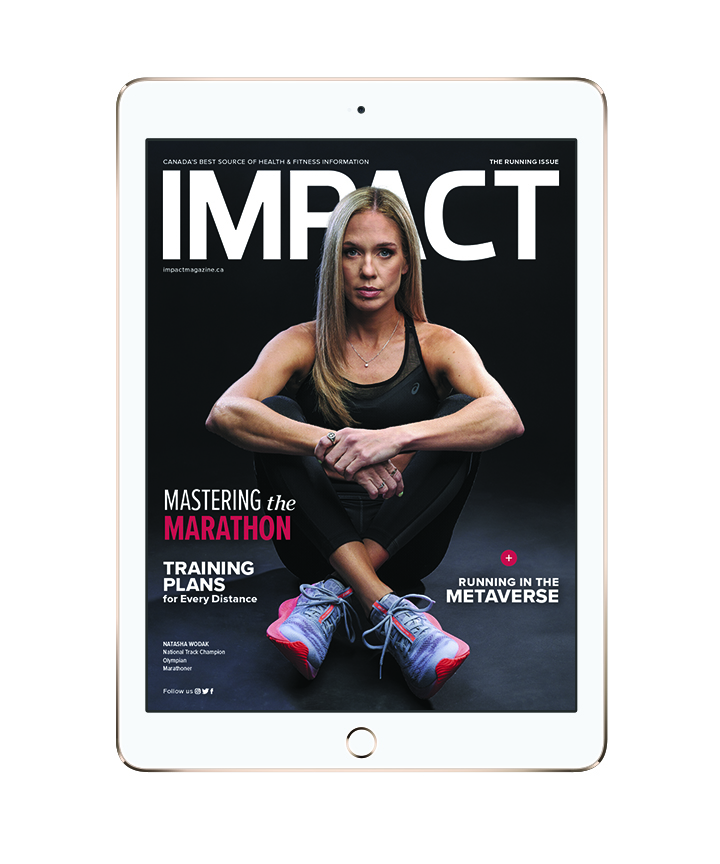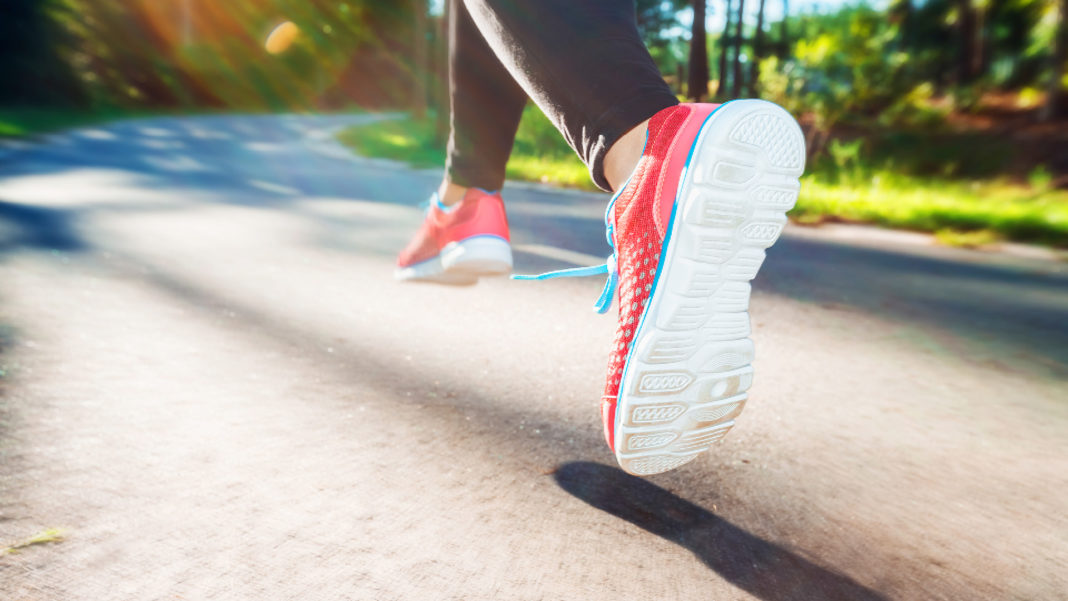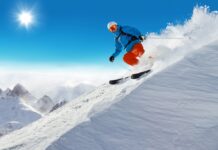As runners we are constantly being told that strength and conditioning is important.
It’s been drilled into us for years.
“We need to be doing strength training to prevent injuries”
“You’re going to become a better runner if you strength train”
All those statements are correct. The scientific literature is very clear on this and as a result we focus on the following areas, which are specific to running and running mechanics—hips, pelvic stability, hamstrings, glutes, perhaps some lower limb and of course the core. But what about the feet? Have you ever heard someone tell you to do mini “bicep-curls” for your toes? Probably not! And why not? We spend the entire time during our sport on our feet and yet it is the most neglected area of the body we aim to condition.
I worked with an elite female South African ultra-endurance runner who went to Iten in Kenya for a training camp, where most of the best marathon runners in the world train. In one of her hour-long sports massages after a heavy week of training, the sports massage therapist spent 20 minutes working on her feet. She asked the therapist why she wasn’t spending more time on her hamstrings or glutes, and the therapist replied with a somewhat obvious “because we are runners.” When my athlete told me about this, it was like a lightbulb moment for me! How do we, as runners, not spend more time on our feet and so the research began!
WHAT IS FOOT CORE?
My research led me to a well documented area of the foot, the intrinsic muscles, but this happened to be more for the elderly with the focus around preventing falling. But slowly there was more and more research which was coming to the fore around how this could also be useful for active people and in particular runners, to help prevent specific lower limb injuries.
What exactly is foot core? To understand this, let’s explain the core of the trunk first. The “core” as we know it as runners, is essentially all the muscles in the trunk that surround the spine, this includes muscles at the back and not just the abdominals. The core is made up of local stabilisers, essentially smaller muscles that stabilise the hip but do not produce a large amount of movement. And larger global movers, the bigger muscle groups, which are responsible for the main amount of movement. Think smaller muscle groups— stabilizers. Larger muscle groups—movers.
When the smaller stabilizing muscles are weak or are not recruited appropriately, the larger muscle groups will essentially take over to ensure movement occurs. This causes the foundation to be unstable and somewhat misaligned which causes abnormal movement patterns. This can lead to a variety of overuse or other types of injuries. These smaller muscle groups will then just continue to be weak and lazy, and we have to essentially teach or train them to work in the right sort of way, so the bigger muscle groups don’t just take over.
Your foot works in the exact same way. The smaller muscle groups are the stabilisers of the foot which allow for a more stable range of motion and control, and the bigger muscle groups around the lower limb control the main movement of the leg. If we don’t work on those smaller muscles, they become lazy, and the bigger muscles just override them. This causes imbalances and the risk of injuries around the lower limb. Injuries such as shin splints, plantar fasciitis, Achilles tendinopathy, bunions, toe pain and many others.
However, here is the key where I believe foot core becomes as important as working the core of your trunk. The body works as a chain, and if there is a weak link somewhere in this chain this may present at the source or may present further or lower up the chain as a different type of injury. As an example, when you have poor glute strength the body compensates, and this will often be the cause of your knee pain. The way this all works in the body is known as the kinetic chain. And the same is true for the foot. If there is weakness and lack of stability in the foot the body is going to compensate in some other way, and you may find you have knee or hip pain (as an example) and not just a lower limb injury.
THE FOOT WHILE RUNNING
The intrinsic muscles of the foot are responsible for the stabilization of the foot. These muscle contract eccentrically during the stance phase of running (think about when your foot arches). Before shortening at the propulsion phase of the gait, the arch recoils with the plantar fascia. It is here where those intrinsic small muscles of the foot are vital – providing flexibility, stability, and shock absorption to the foot, whilst partially controlling pronation.
This is all a very scientific and fancy way of saying that the intrinsic muscles of the foot are responsible for:
• Power absorption of the foot.
• They act as protectors of the plantar fascia.
• They facilitate the way your foot transfers force from the ground back into the body.
THE SCIENCE
There was a study done on 118 recreational runners divided into a control group (no foot-core training) and an intervention group (foot-core training) over a 12-month period where they were assessed every three months.
The group that did not receive the foot-core training (control) were 2.42 times more likely to experience a running related injury within the 12-month study period than participants in the intervention group. This study showed that they were able to reduce the risk of injuries within four to eight months of training the foot core.
I would recommend adding some foot-core work to your training regime two to three times per week. It doesn’t need to be long, 10 to 15 minutes per session will suffice. So, if you’re already doing strength training do this at the end of your strength work. Or do these exercises before you go to bed every night. It is a combination of strength and mobility, so these are excellent exercises to add to your schedule to help keep you injury free and make you a better runner.
FOOT CORE EXERCISES
Toe Crunches 15-20 reps x 3
Tips: Lay a towel out in front of you. Using your toes, crunch the towel closer to you. Lay the towel back out and repeat. Keep all toes open and extended trying to reach as far as you can with your toes.
Cautions: Keep foot flat, ensure to use all toes and extend out as far
as possible.
Calf Raise 10-12 reps x 3
Tips: Stand up straight facing a wall or supportive surface. Place a tennis ball between both heels. Gently squeeze the ball together evenly with both heels. While maintaining this squeeze, slowly rise onto the balls of your feet. Your knees should be straight. Control the movement as you lower back
to the starting position at the same steady speed and repeat.
Cautions: Keep your knees straight throughout the whole movement. Ensure the pressure is on the ball
of your feet.
Calf Raise (Toe extension) 10-12 reps x 3
Tips: Stand up straight facing a wall or supportive surface. Place a rolled-up towel under your toes so your toes are fully extended. Slowly rise onto the balls of your feet in this position. Your knees should be straight. Control the movement as you lower back to the starting position at the same steady speed and repeat.
Cautions: Keep your knees straight throughout the whole movement. Ensure the pressure is on the ball of your feet.
For more exercises visit coachparry.com and their YouTube channel.

Read This Story in Our 2022 Running Digital Edition
2022 RACE SOURCE GUIDE. Training plans for every distance, yoga for runners, athletes with impact, running in the metaverse, recipes and much more!

















